Beijing is a sprawling metroplex housing more than 24 million people with a history stretching back 3 millennia. With so much culture, history, and quantity of activities, Beijing can be overwhelming which is why many tourists stick to four big tourist spots: The Forbidden City, Summer Palace, Temple of Heaven, and The Great Wall of China.
Layton and I spent five full days in Beijing last March which was plenty of time to see those traditional tourist attractions and visit a few off the beaten path places. I hope this post convinces you to get out of your comfort zone and explore the not as popular sights and experiences Beijing has to offer.
Yonghe or Lama Temple
The Lama Temple is a functioning temple and monastery of Tibetan Buddhism. It was built in 1694 under the Qing Dynasty as the residence of Prince Yong, who would become the fifth emperor of the Manchu-led Qing Dynasty. After he ascended the throne in 1722, half of the building remained an imperial palace while the other half was converted in a lamasery, a monastery for monks, hence the name Lama Temple.
While it may not be as famous as some other places in Beijing, it is gaining popularity. I believe within a few years it will become one of the more popular tourist destinations. My advice: Go before it gets too crowded.
The Yonghe Temple is special for two reasons.
1. Because it is a function temple and monastery, many of the people who visit are not tourists. Whether you are there to worship or observe, you can’t help but feel an overwhelming sense of spirituality. As you wander through the temple, you hear the beautiful chants of the monks, you smell the strong aroma of incense, and you see many people bowing, praying, and meditating. All of your senses are alert and mesmerized.
2. The Lama Temple houses the largest statue of Budha carved out of one single piece of shite Sandalwood. This statue was a gift from the seventh Dalai Lama and took three years to transport from Tibet to Beijing. It’s hard to comprehend it’s size until you stand directly at its feet.
Note: Many rooms have a “no photos” rule sometimes enforced by a monk.
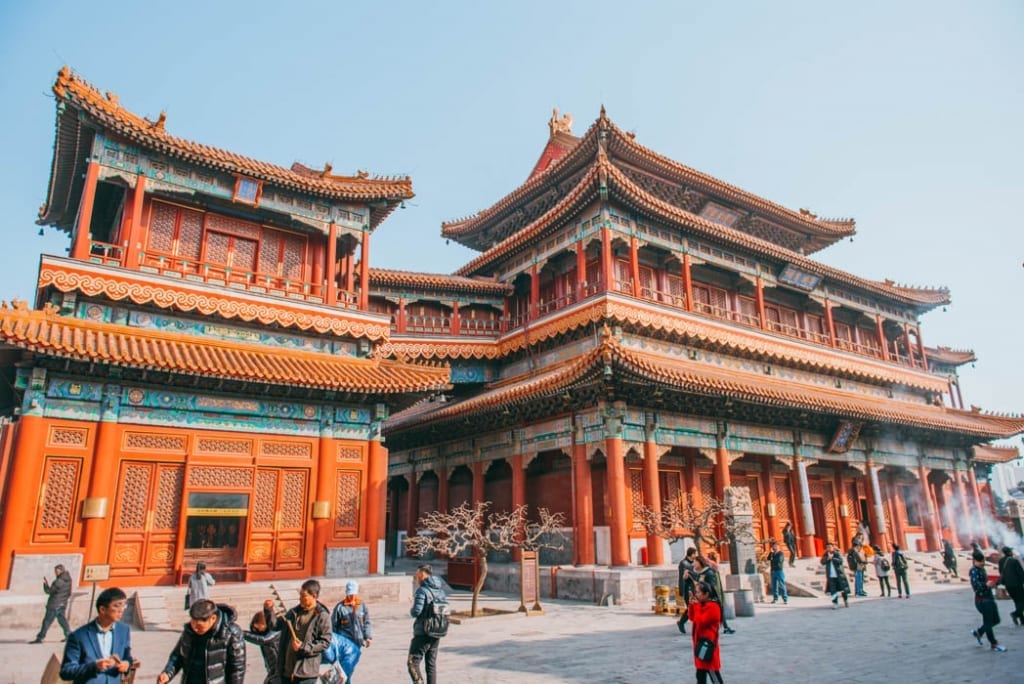
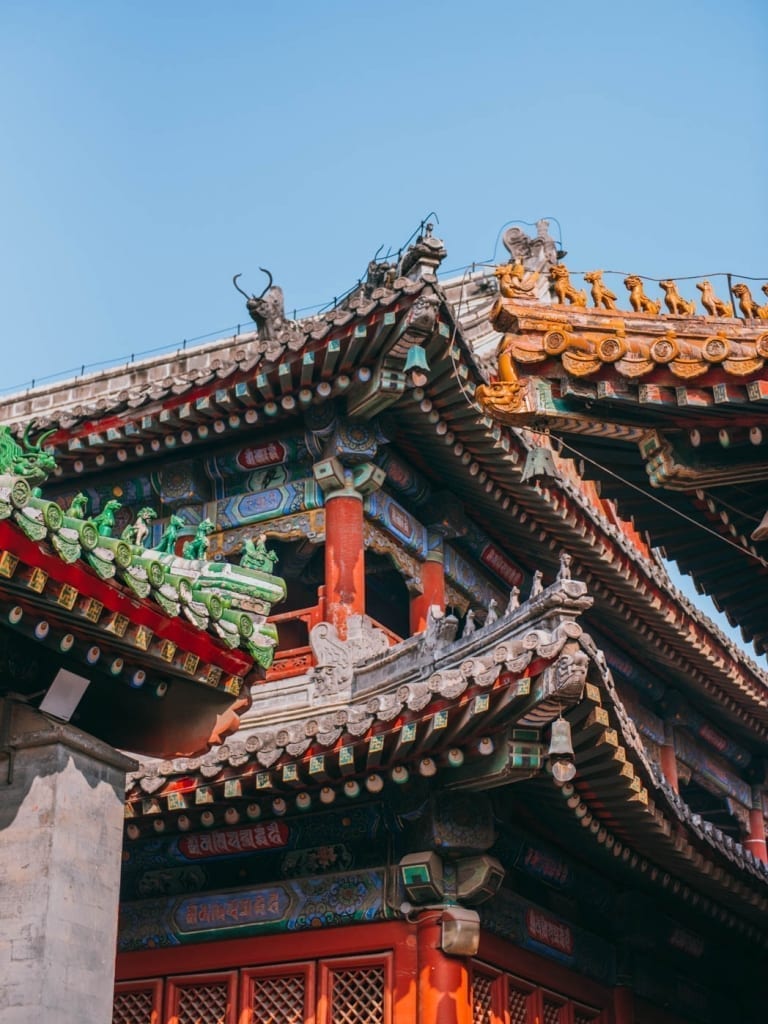
Old Hutongs
You might be wondering ‘what is a hutong?’
A hutong is a narrow lane, alley, or small street formed by Siheyuan, traditional courtyard residences. After a while, neighborhoods that are connected by Siheyuans became known simply as hutongs.
In the past, Beijing had hundred of these hutongs surrounded the Forbidden City. From 1368 – 1949, the number of hutongs significantly increased to 3,250. However, due to population growth and city construction, less than 1,000 remain. Most of the hutongs that are left were transformed into tourist attractions that highlight street food, shopping, and bars.
One of the most famous hutongs is Nanluoguxiang. It is 800 years old with sixteen side hutongs, so many different alleys and street to explore. If you move away from the main shops and into the less touristy areas of the hutongs, you’ll get a glimpse of the current residence’s lives.
Note: I think I took the photo with the lanterns at S Luogu Alley and Di’anmen E St. However, if that’s not the exact spot and you happen to find it, please let me know!
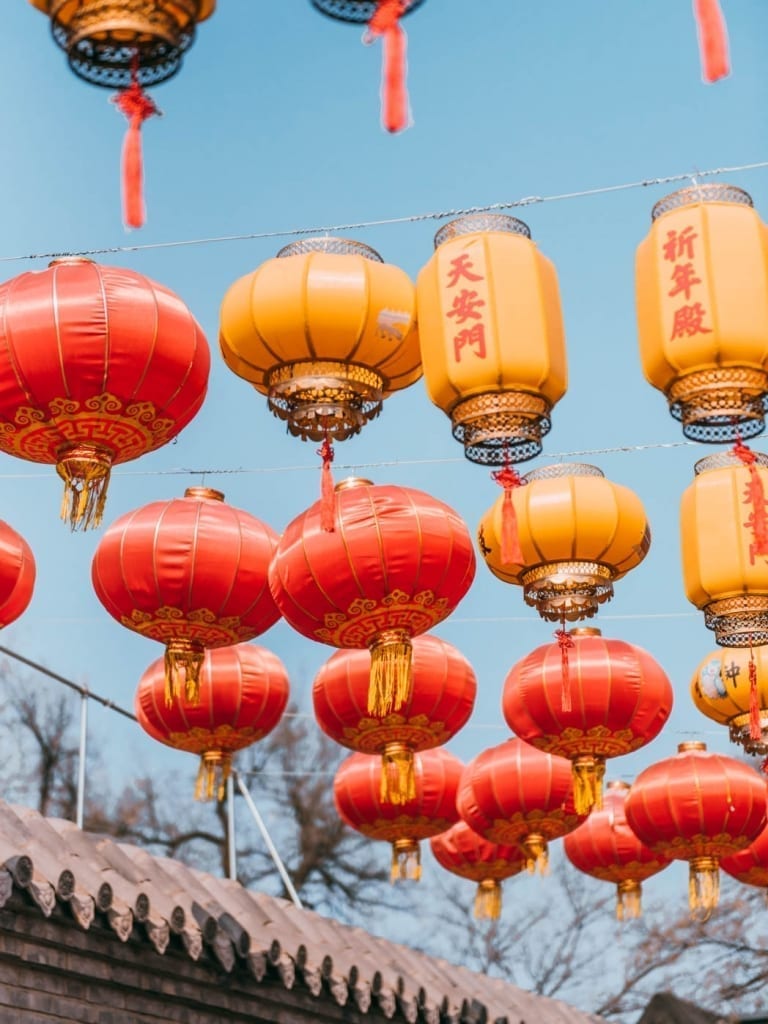
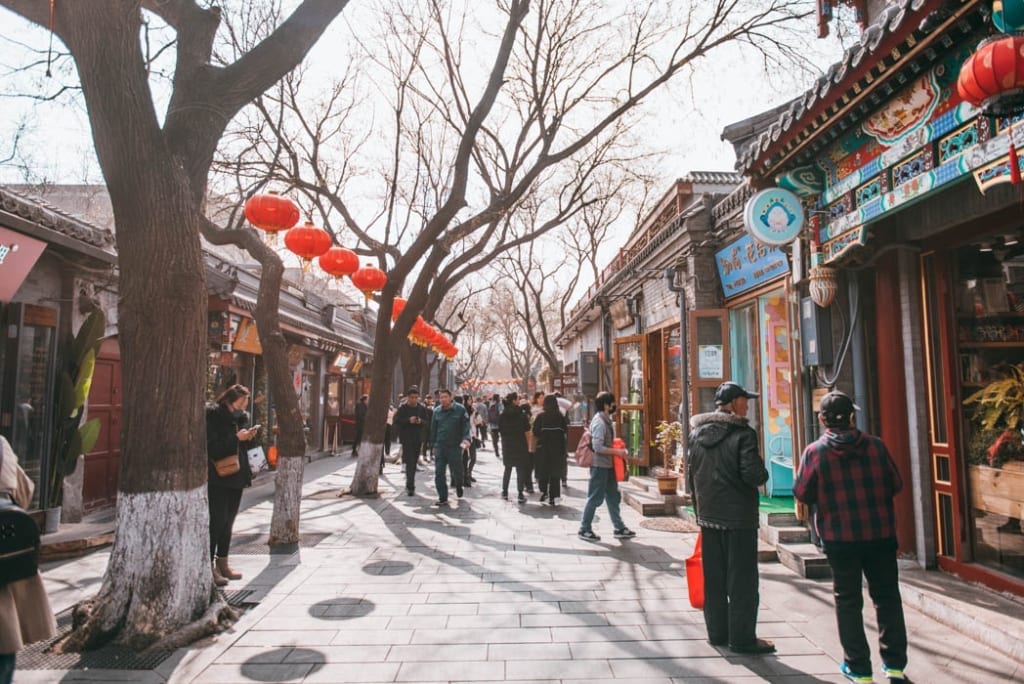
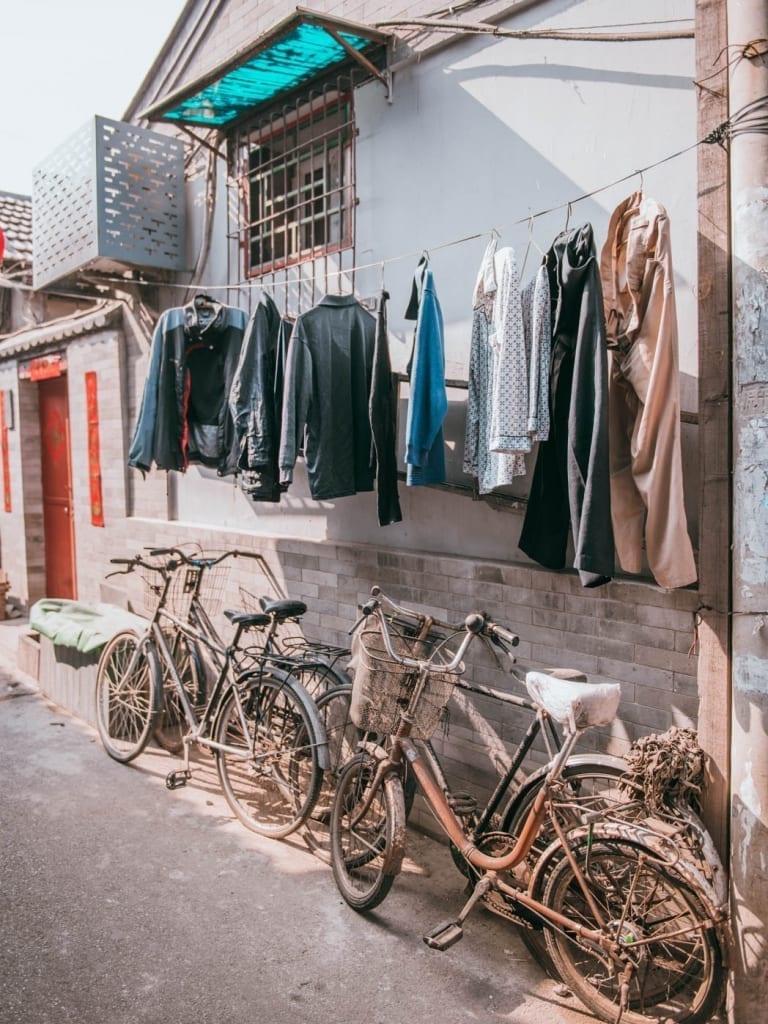
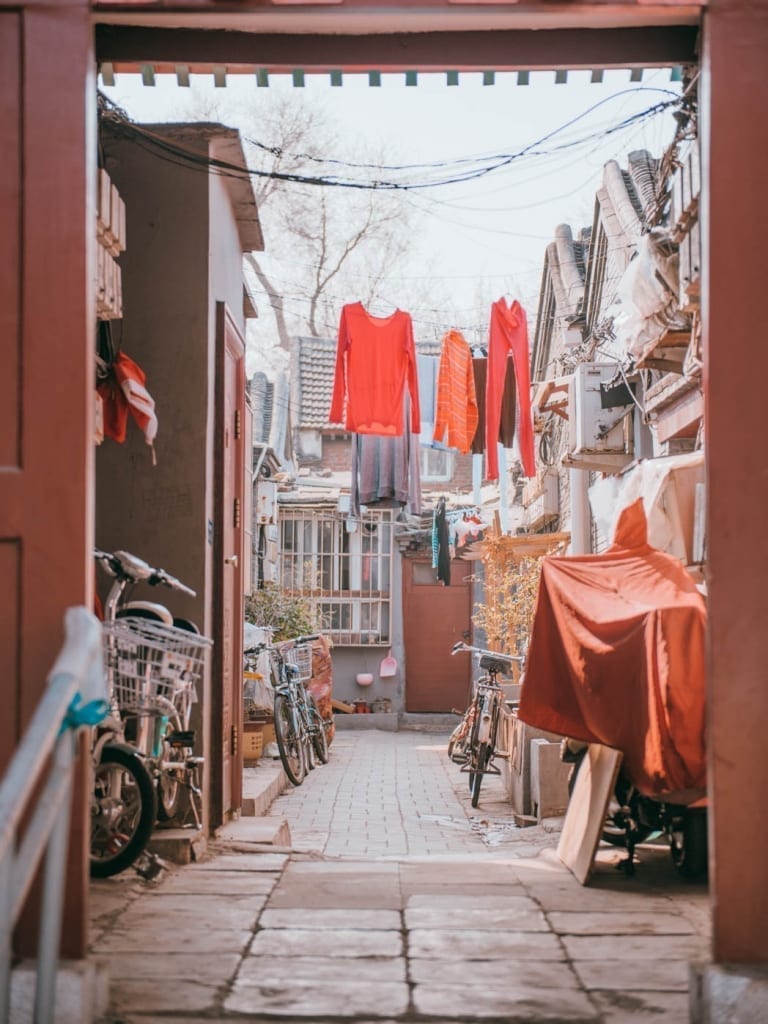
Jiaodaokou Street
If you plan on doing a walking tour of the Nanluoguxiang Hutong from the Lama Temple, I encourage you to take a route that includes Jiaodaokou S Street. You can find a map here.
Jiaodaokou S Street is a modern street that runs parallel to Nanluoguxiang. It doesn’t look old like the surrounding streets, but it does have some great food and shops. Many locals get their fresh produce and meats here as well so if you’re thinking about cooking some local cuisine, this is where I’d get the ingredients.
There are also a few stores that sell delicious treats, like caramelized strawberries on a stick. Yum! You can also find these in the hutongs but why not pick some up on your way there.
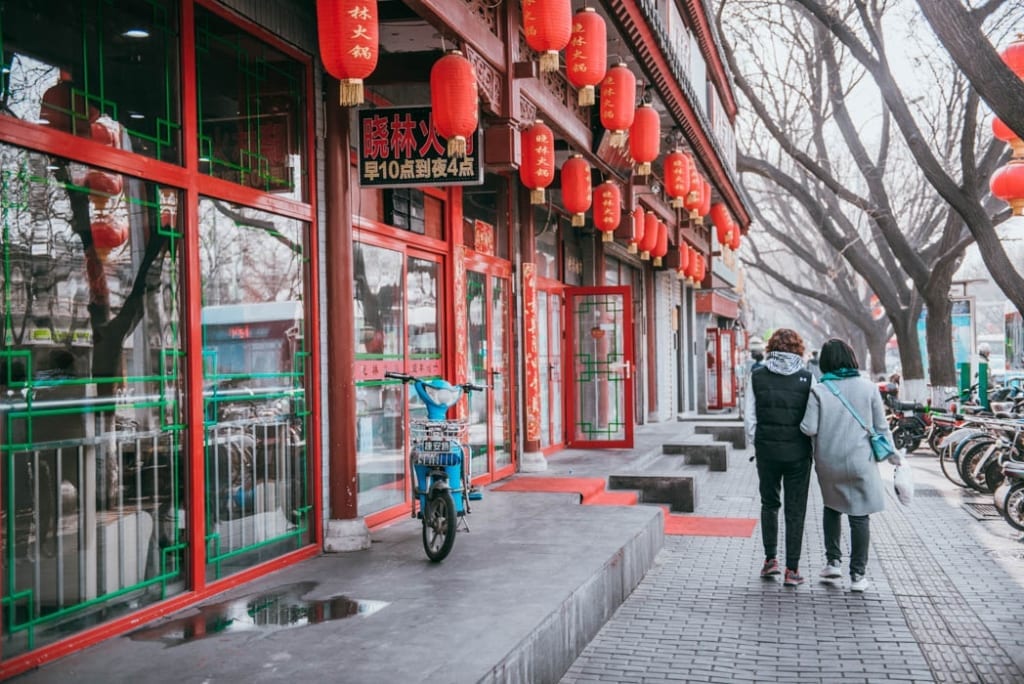
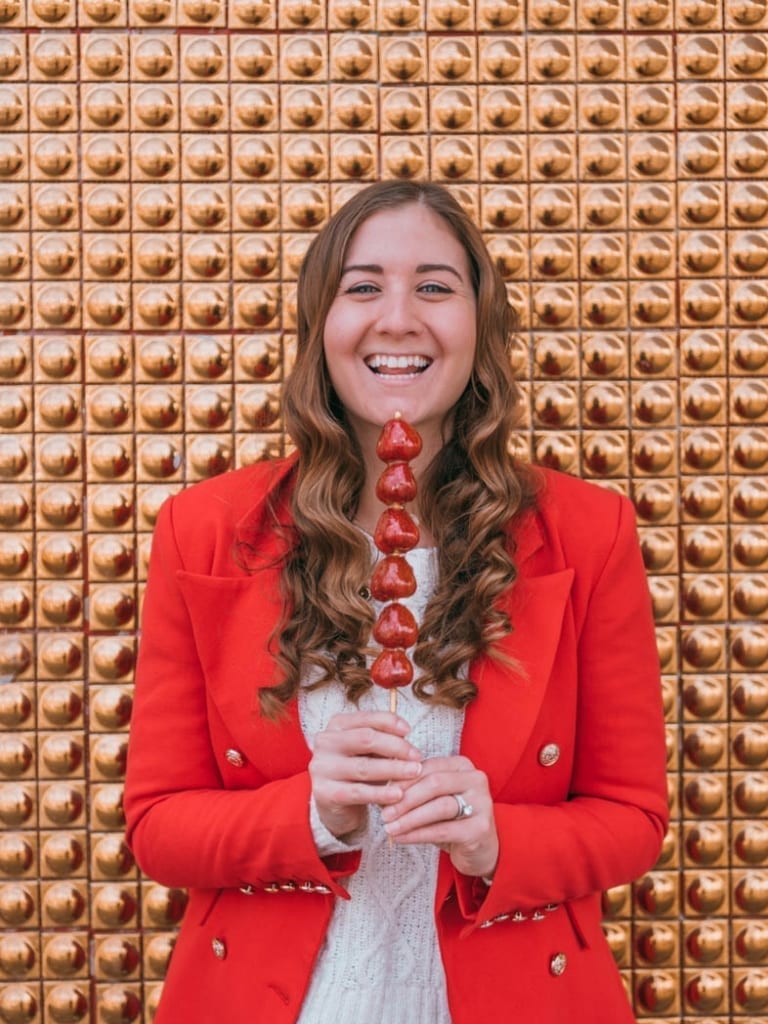
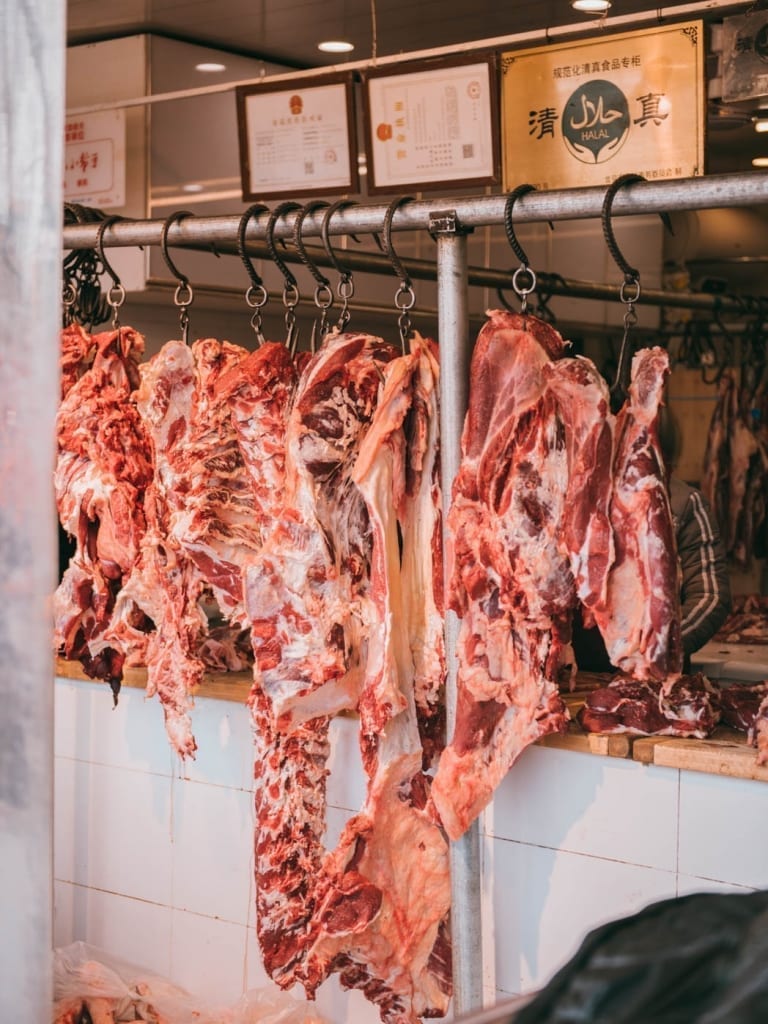
Huo De Zhen Jun Miao Temple 火德真君庙
If you want to go to something truly off the beaten path, then definitely visit Huo De Zhen Jun Miao Temple or the Fire God temple. It isn’t on any ‘Must See’ list, so you will probably have the entire place to yourself.
Huo De Zhen Jun Miao Temple doesn’t look like much on the outside, but the inside is lovely. As you wander under the colorful flags, listen to the chanting monks (I think it’s a recording), and smell the recently burned incense, all your worries go away, and you’ll start to relax. Even though just outside the temple walls are the busy sidewalks and crowded hutongs, you feel at peace.
Because it isn’t a huge tourist attraction, there was no information about the temple in English written anywhere when I visited. There also isn’t too much online but here is what I’ve learned about this temple.
The Huo De Zhen Jun Miao Temple is one of the oldest temples dedicated to the God of Fire, dating back to the Tang dynasty (618-907). The origin of this diety is unknown. However, most believe the God of Fire dates back to around 206 BC. They believe the god started as a man, Zhu Rong who served as a minister to China’s mythical Yellow Emperor. The worship of the Fire God became a form of superstition where many believe this spirit would punish evil doers by setting their houses on fire.
One of the funniest things I discovered while doing research is that people used to hang erotic pictures in kitchens and inside roof beams to prevent visitations from the Fire God since he was known to be a prude.
Address: 77 Di’anmen Outer St, ShiChaHai, Xicheng Qu, Beijing Shi, China, 100009. You will find this temple near the Jinging Bridge across the street from the subway stop Shichahai.
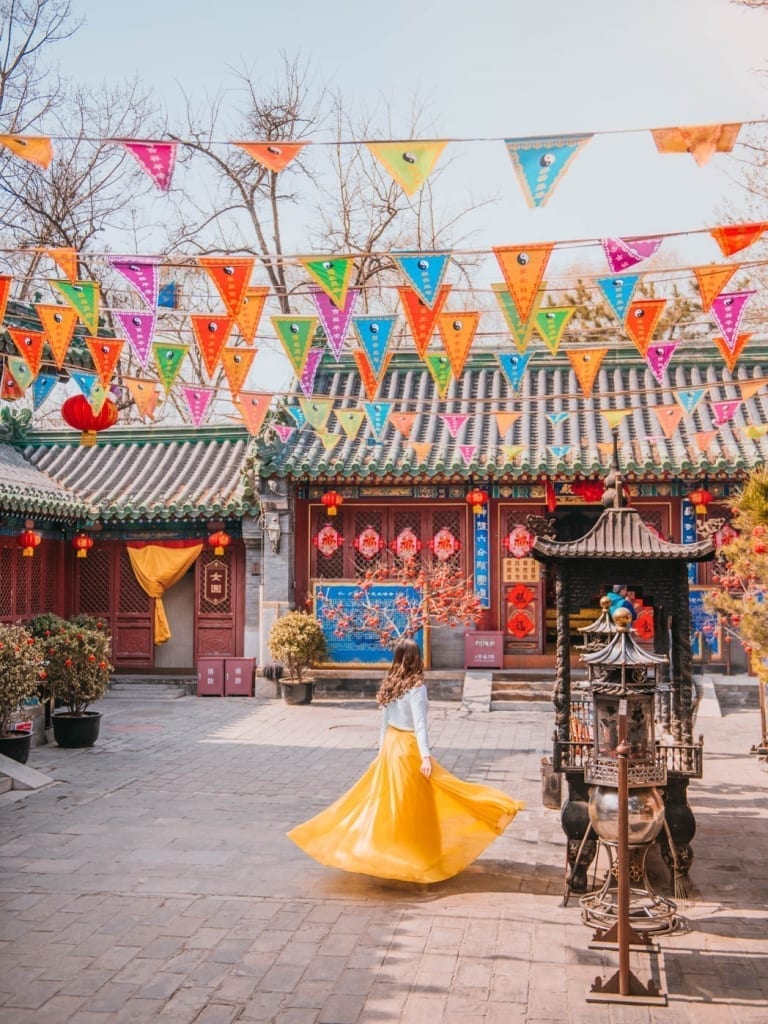
Skirt by Morning Lavender
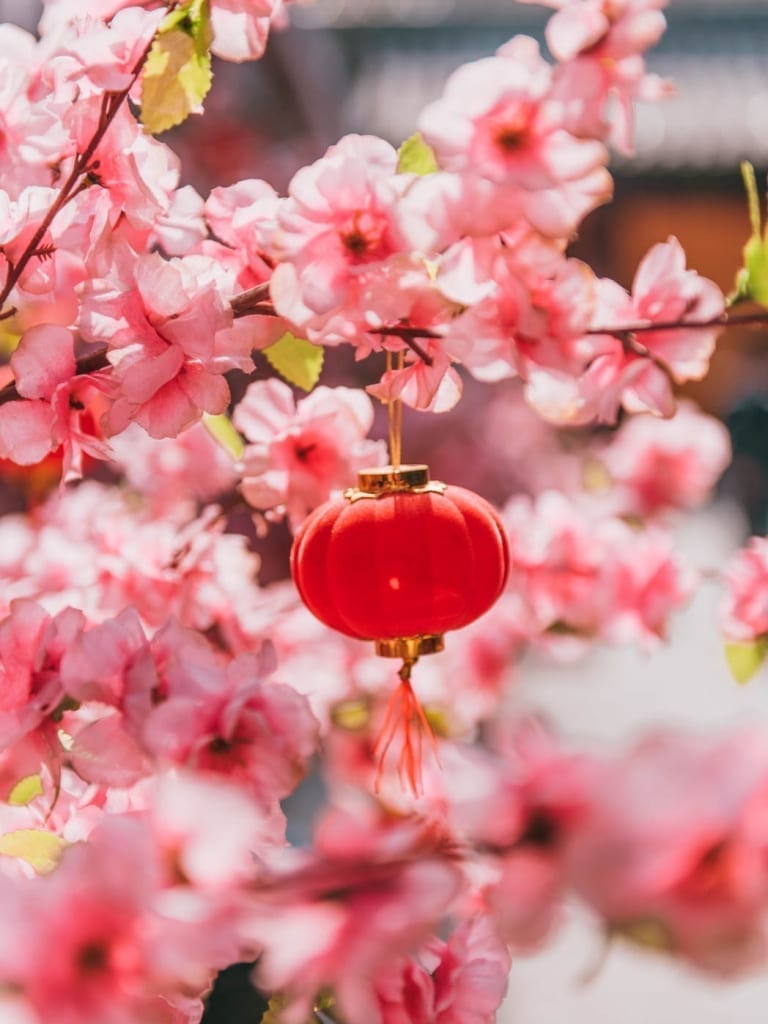
Nightlife At Shichahai
Shichahai, literally meaning “the lake of ten temples,” is a historic scenic area consisting of three lakes, ten famous Taoist and Buddhist temples, and several royal mansions and gardens. It is also near hutongs and Huo De Zhen Jun Miao Temple, so I recommend visiting all three places the same day.
While many tourists flock to Shichahai for its natural beauty and historical buildings, it is also home to Shichahai Bar Street or Houhai Bar Street. On this street, you’ll discover many bars, restaurants, and cafes that feature great drinks, various styles of live music, and fantastic service! It’s no wonder Haouhai Street has become the go-to nightlife center in Beijing.
One of the best bars we checked out was the Reggae Bar. If you want something a little more mellow and includes hookah on the side, I’d suggest stopping by! A few other bars you can check out are Free, Furen Bar, 31 Bar, or Houhai Posthouse Pub. There’s a few dozen more in this area so if you get bored, walk a few steps to the next one.
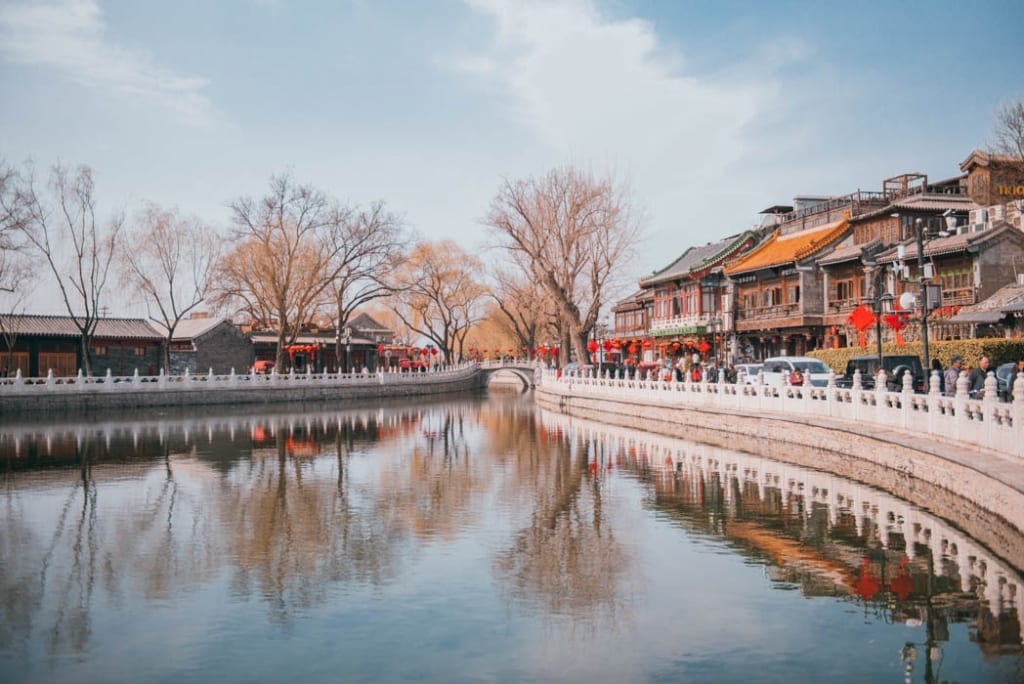
Lunch at Bai Jia Da Yuan
Wouldn’t it be amazing if you could go back in time and experience life as Qing royalty? Now you can at Bai Jian Da Yuan 白家大院!
Located in the famous Roca Garden on Suzhou Street in the Haidian District, Bai Jian Da Yuan was once a place of entertainment for Emperor Qian Long and his concubines. Due to the preservation of the garden and buildings, this complex has become a courtyard garden restaurant that recreates life during the Qing dynasty.
At Bai Jian Da Yuan, you can expect to be served by staff dressed in colorful traditional Qing Dynasty dresses and garments, taste cuisine inspired by imperial food and some typical Northern Chinese dishes, and enjoy beautiful decor and architecture.
Because this is such a unique restaurant, it is very sought after and reservations are required. However, when we went for lunch, they were able to accommodate us. I think we got lucky, so call ahead if you speak Mandarin or have your hotel call to make reservations (010-6265-8851).
Note: The menu is not in English, but they do provide a photoelectronic menu. Also, none of the staff spoke English when we were there so I’d suggest downloading the Google Translate app to communicate.
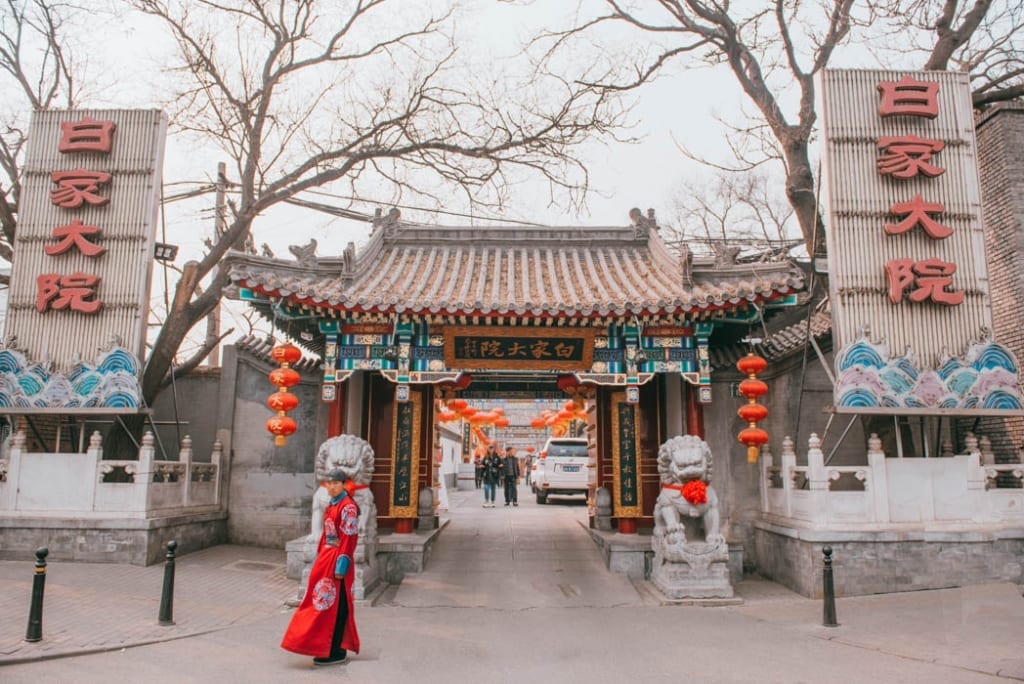
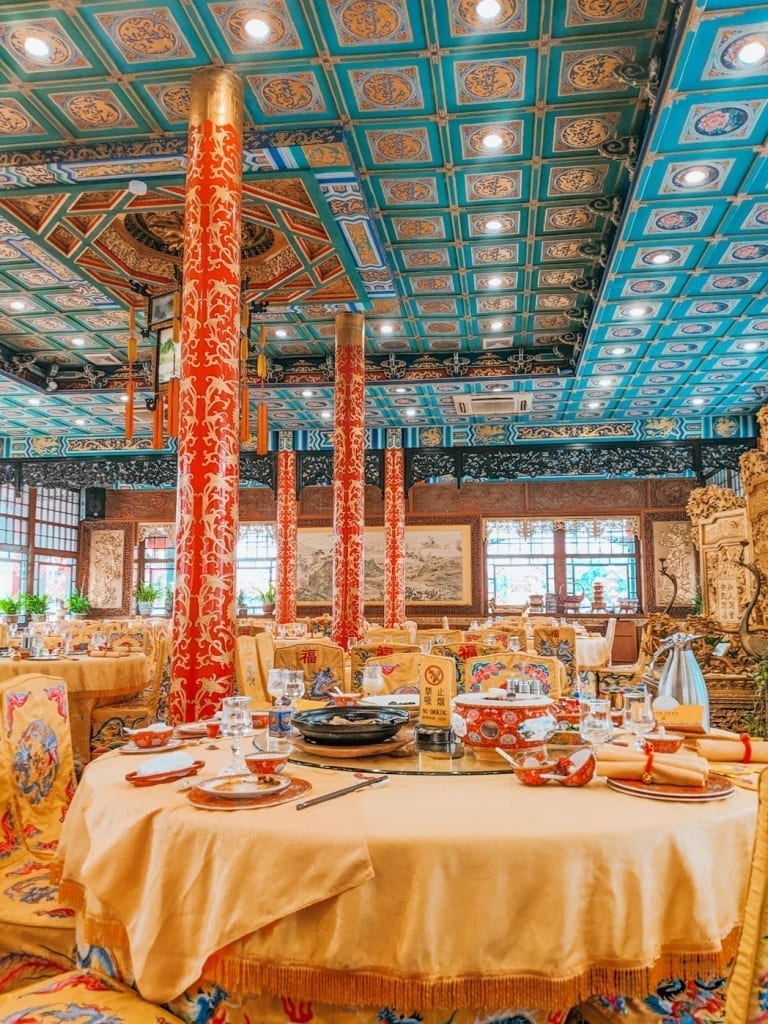
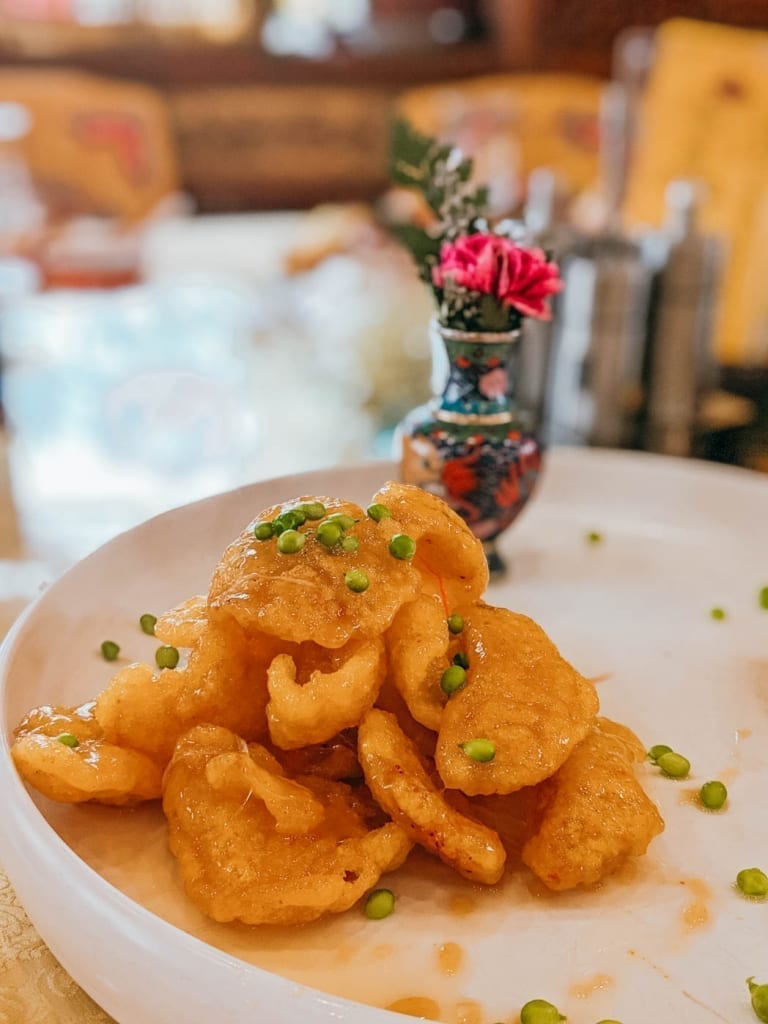
Gubeikou & Jinshanling: Less Traveled Sections Of The Great Wall
The Great Wall of China is 13,170 miles long and has multiple sections you can explore. However, if you visit from Beijing with a group tour, odds are you will go to Mutianyu or Badaling. Driving to these sections (the closest and easiest to hike sections) of the Great Wall from Beijing takes a minimum of 1.5 hours. That means more crowds and therefore, a less enjoyable experience.
Layton and I wanted to have the best Great Wall experience possible, so we decided to book a private tour with Beijing Walking Tours that took us to the Gubeiko and Jinshanling section of the Great Wall at sunset.
The Gubeiko Great Wall, about two hours away from Beijing, is known as the ‘wild wall.’ It retains original bricks and stones from two separate dynasties and is not fully restored. As you walk along this section, many parts are in disrepair and covered in overgrown vegetation. However, seeing this ancient wall snake along the distant, jagged mountains is truly something to behold.
Only a thirty-minute drive from Gubeiko is the Jinshanling Great Wall. While Jinshanling is repaired enough so visitors can easily climb, it is not as well-preserved or restored as Badaling or Mutianyu. However, it is known as the ‘paradise of photographers’, and for good reason. The views of the surrounding mountains are incredible. Plus this section of the wall is far from Beijing, so there is less smog – making it the perfect place to watch the sunset. To this day, watching the sunset at Jinshanling has been my favorite memory of all time.
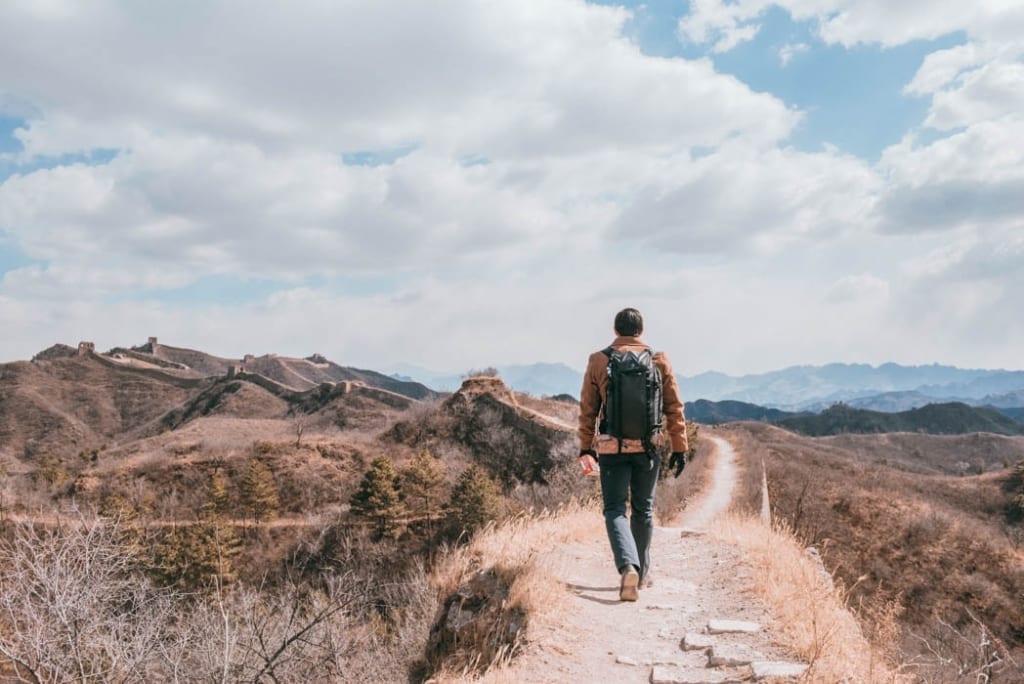
Gubeiko Great Wall
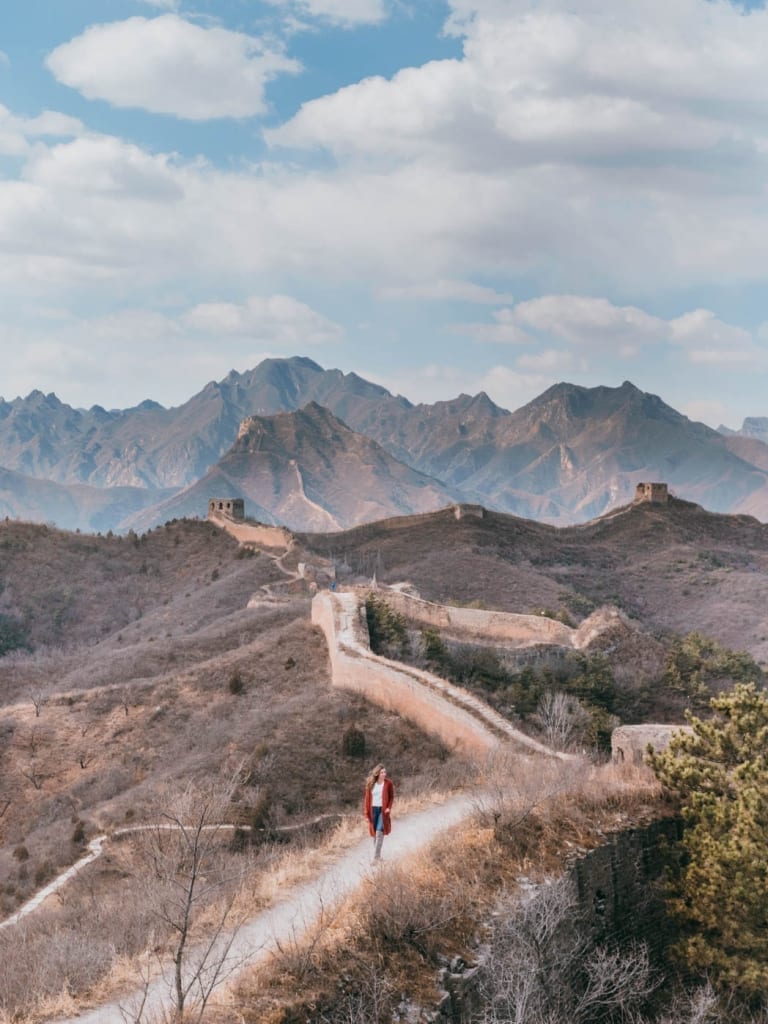
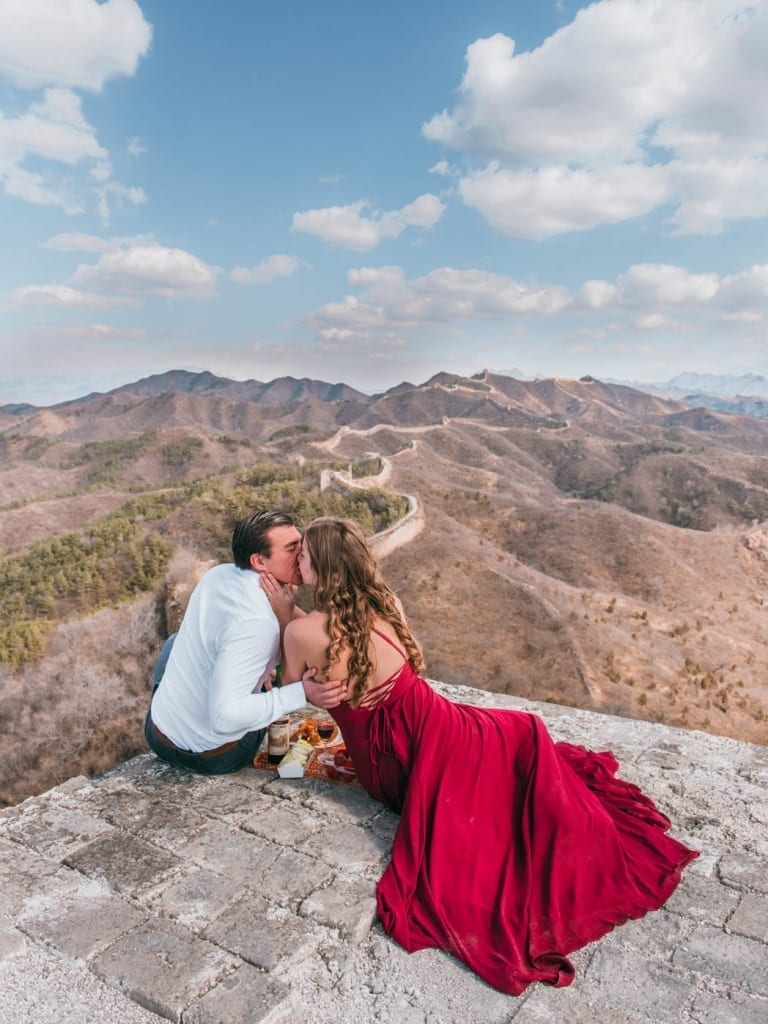
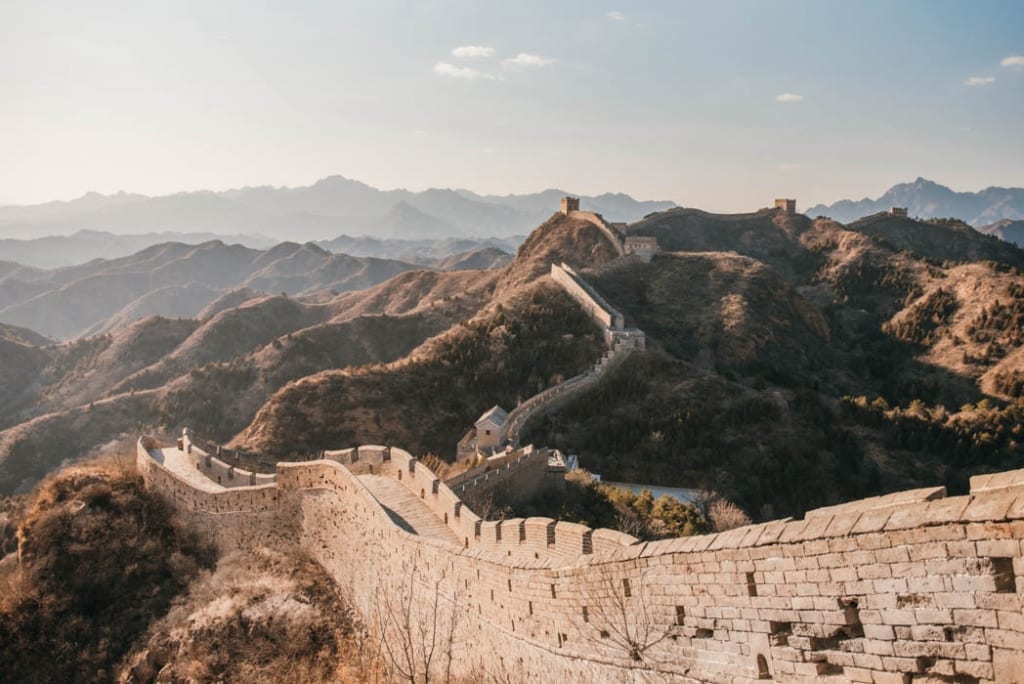
Jinshanling Great Wall

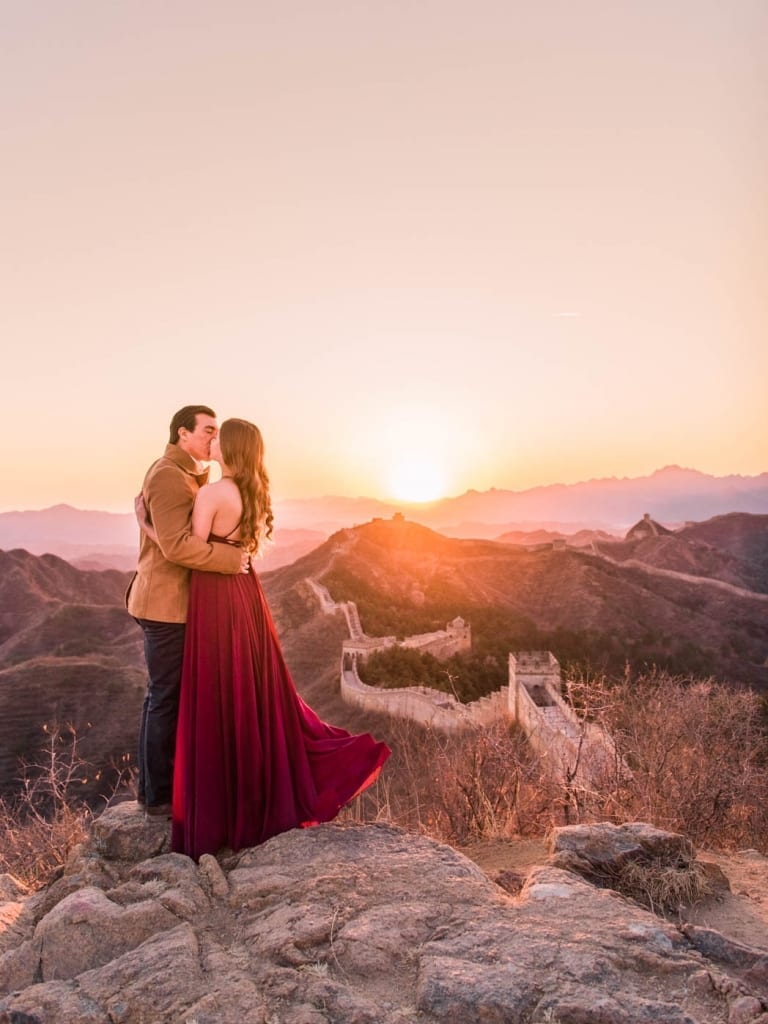
Want more posts about China? Be sure to check out my list of the “Top 15 Things To Do In Chengdu”. Enjoy!
Angie xoxo
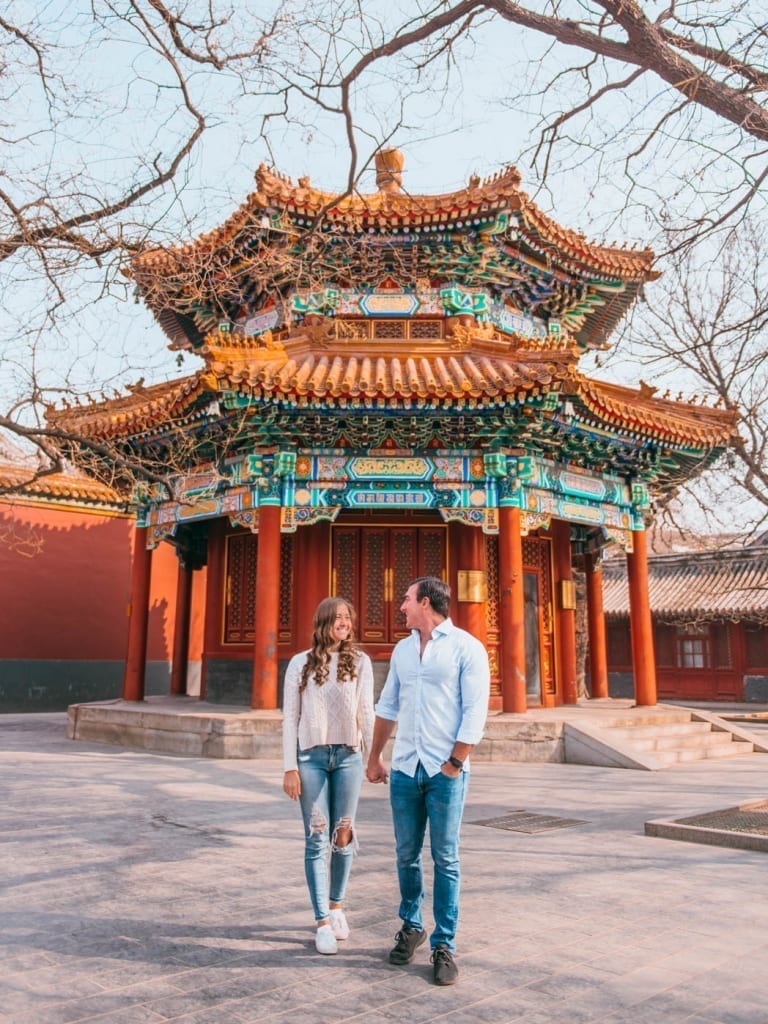
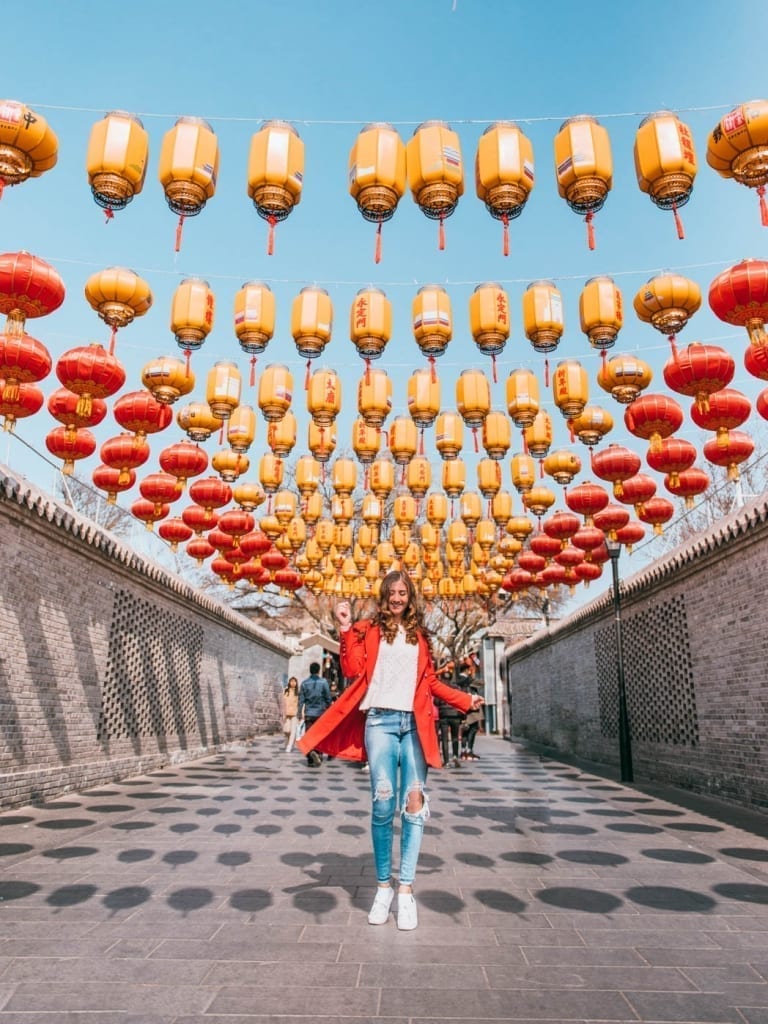
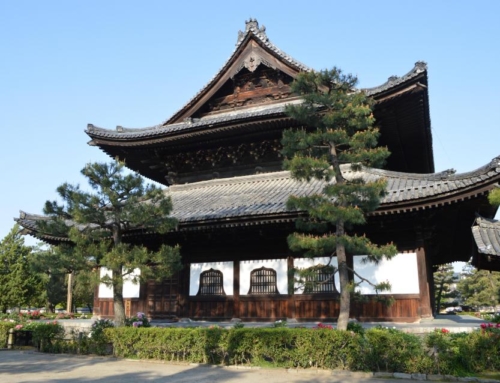
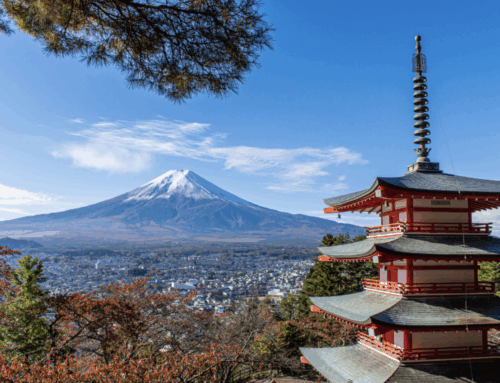
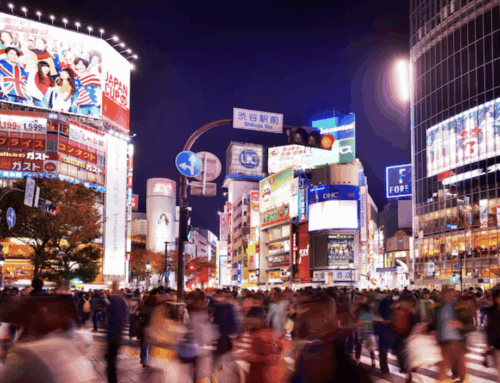
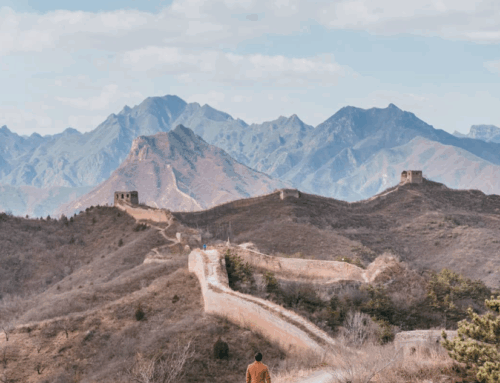

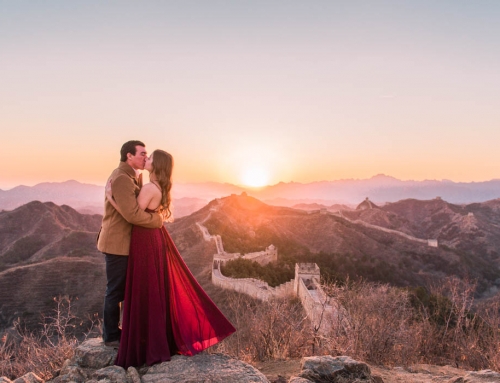
Thank you for al these tips. I have been to Beijing many times before COVID but with your posting I now have new places to check out 🙂
I was so impressed by your photos. I lived so close from Jiaodaokou and S.Luogu Hutong for 19 years. My primary school, middle school and high school are just near by. I am so happy to have seen these amazing pictures. They made me miss my hometown so much (even though I just went back a couple days ago)
Great pics. I see you travelled in March . How was the weather ? We are looking to go mid March but will be in Thailand before so wondering about what to pack as will have summer clothes. Don’t want it to be too misty or snowy as I know they get bad winters in China . Any info about weather and temps would be fab and was it early or late March ? Thanks
It was freezing! Not going to lie. We went the first week of March and while it never rained or snowed nor was there mist, it was between 34-50F every day. I would recommend warm shoes, pants, a thick sweater, jacket, gloves, and a beanie (hat covering ears).
Depending on if the winter is warm or cold though, the temperatures could change. But honestly, it was very very cold.
Hello! China has now become my dream destination! Your pictures have really left me speechless! 🙂 This post is soooo complete and helpfull, I think the tips are awesome because you don’t see that in other blogs! Everyday I see your pictures on Instagram and I think about how beautiful our world is! I also have a travel blog but I am still starting… 😉 Your blog and Instagram account are what is helping me to keep going on the right track! Thank you for this and all the other magnificent posts! Keep going with the good work!
Sofia from À descoberta pelo mundo (Discovering the world)
I can’t believe how bright and colorful Beijing is! The Great Wall is on my bucket list and now I definitely want to get some photos with my family there! Love your blog, keep it up!! ????
This blog post comes at the perfect time – I literally just booked a two-week trip to China in October and have just started my planning for the Beijing-portion of it. Very interesting recommendations for doing something in addition to the more popular sights of Beijing.
Also, can I just add that I absolutely love the tones of the photos, especially the ones you took at the Lama temple – just so beautiful.
Honestly, I find this article extremely helpful! Very well written and informative! And I am saying it as a person who lived in Beijing for a year and visted doezens of time since! I have been to all the major attractions multiple times, but not in places you mentioned here (except for Lama Temple and Nanlouguxiang). I am going to Beijing in May and I will search for Luogu Alley and Di’anmen E St.! Thanks for this post!
I know writing all these recommendations needs a lot of time but you did such a great job with it. Thank you for all your lil insiders and the stunning pictures let me look forward to our trip. We think about to go there this year if it fits into our travel schedule. If you wanna check out – nancies_fancy – always glad to hear from you! Keep going your inspiring work! <3
I had a hard time in Beijing… I wanted to love it but it was so crowded and smoggy. But this is an amazing list… maybe I’ll have to just go back 🙂
Such great insights into Beijing! I totally have to go back now and check out the city in more detail. So glad you put sold Hutongs on the list. They are amazing ways to connect with the culture. I loved my hutong! Your photos capture so much of the ancient and modern Beijing…love it!
Wow! Thank you so much for writing this blog post. Your pictures are absolutely stunning but more so your eye for detailed tips! It makes traveling and planning out a trip so much easier when this info is coming from a trusted source. Keep living life and posting your amazing content !
Hi Angie,
I have been following you for a while now and am always sooo impressed with your blogs and stunning photography ???? I love finding recommendations for less visited sites and have been dying to do the Great Wall for years. I’m heading to Asia next year so can hopefully work it in to the itinerary ???? Also, I love that you inside such great historical information ( the history teacher in me smiles sooo much when I read stuff like this). Thank you for taking the time to create such an informative post that has inspired me to get to China ASAP ???????? Looks like you and Layton had a great time !!
Sending lots of love and sunshine from Sydney, Australia ???????? Xo
What a great post full of info! I have never been to China but if I ever do, I will definitely use this post as a guide for my trip! Your photos are amazing I love the one in the Great Wall when you and your husband kiss!!! So romantic! You are an amazing couple and you are such an inspiration sweetie ????????????
Amazing post, as usual ????. Can’t wait for the Barcelona post. I need your view!!!
Hello! Flo from Uruguay ????????
To be honest, I’ve never really thought of visiting China, especially as I had a bad experience transiting through Beijing airport last year. I have to say though that having read your blog post, and seen your photos, you’ve convinced me to go! The Great Wall especially looks amazing!
Every time I read your blog, I realize how much I love traveling! Your so inspirational! Keep on found what you love ❤️
it’s been a dream to me to visit the Great Wall of China for soo long… And I will definitely use your tips when I go there! ????
You always provide in depth information about the destinations you visit and describe them very well so I can basically travel with you ????✌
Happy travels dear!????
All places that you have visited are amazing. I didn’t know to much for Beijing but now I learn many interesting things for this place. China is really a great place to visit. Also I want to eat one day at Bai Jia Da Yuantw and I want to visit Great Wall of China.????
Btw your blog is great ????
Love those pictures, they’re beautiful <3 But what I really love are your tips, they're so special. Have also seen some of those places, but some i've totally missed out, what a pity. Btw: In the hutongs is a super nice hotel – the Shadow Art Hotel. They show so many traditions like the shadow art performances and how to paint those and so on (wrote on my blog about my stay there, but my post is in german and already a few years old and the pictures could be better haha).
xoxo Sabi from smilesfromabroad
Thank you so much for the recommendation! I actually haven’t hear about the Shadow Art Hotel but I’ll be sure to visit the next time I’m in Beijing. Seems like a wonderful experience.
I always love reading your travel guides!! You pack so much information and inspiration. I’ve never really had Beijing on my travel radar until after reading this! So thank you for opening my eyes to this beautiful place. ❤️
I’m so happy to hear that! 🙂 Hope you are able to visit this beautiful city soon!
Omg such a good blog post Angie! I’m gonna be living in China soon so beijing is definitely on my list to visit. I am going to definitely check out the temples and the nightlife. I love the whole red & gold theme your photos have. China looks so beautiful!
That is so cool you’re going to LIVE in China!!! I can’t wait to follow along your journey!
Yayyy im visiting China in November!! Did you use a drone from some of your pictures? If you did, Did you run into any hiccups with using a drone?
So excited for you to visit! And no, we didn’t use a drone. But I know certain places forbid them and you may even have to register it before you enter China so is it’s best to check the policy before you go.